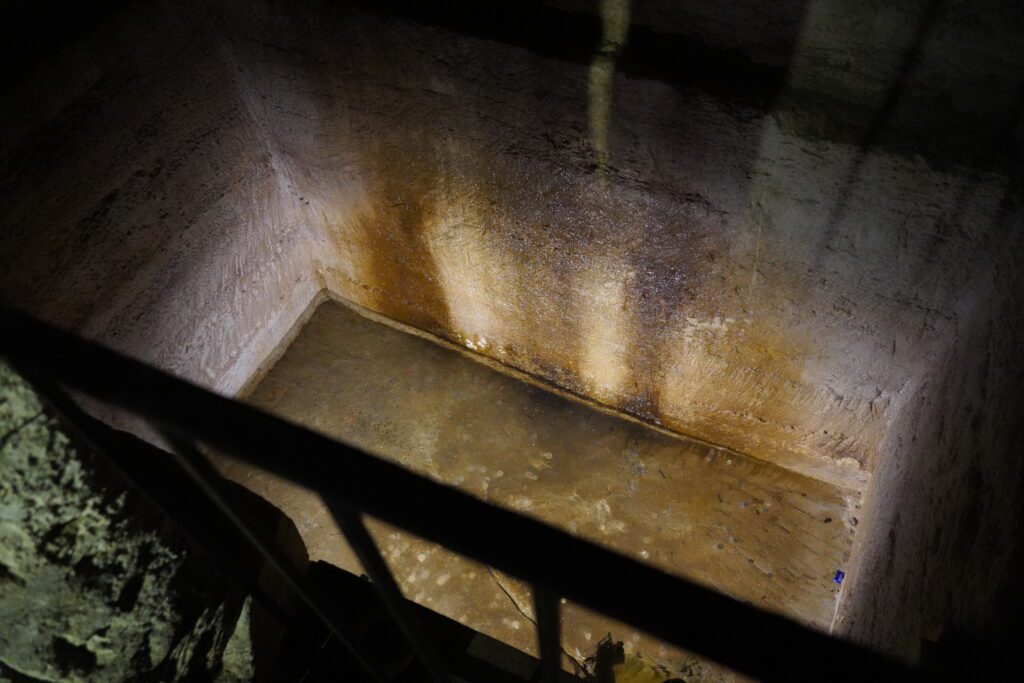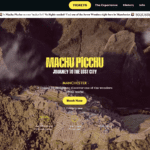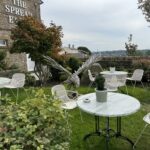Right in the centre, towards the bottom of Italy’s heel, is an area of Puglia rich in vineyards, olive groves, ceramics, and Lecce’s famous baroque architecture.
In this part of the world, the roads are relatively straight and flat between towns and cities. Journeys between locations are filled with acres of vines in neat rows; you see small olive groves between them.
The soft sandstone, though, which is a leading export, is what makes Lecce particularly special. Over two thousand years, it has encountered different rulers and produced some of the most exquisite carvings for churches.
Despite being lost until World War II was over, this region was once under Roman control, and in the heart of the city, part of an amphitheatre has been uncovered. Archaeologists believe that its size would have seated around 25,000 people.


Work began in 1353 on the Chiesa di Santa Croce. This church, known in English as the Church of the Holy Cross, was not completed until 1695 and has some of the most amazing baroque architecture I have ever seen.





However, the city has several unique churches dating back to the 11th century. The frescos, paintings and carvings make quite an impression.











There is also a Jewish museum where a synagogue once stood, but sadly was destroyed, and a church built over it, removing virtually every sign of Judaism except for the ritual bath known as a mikvah and a notch in the stone where there was once a blessing on the door post called a mezuzah.

The museum also has a fascinating account and history of the survivors of the Holocaust who were moved here when liberated from the camps. It recounts troubling stories where only limited numbers could be sent to Isreal and where communities demanded either they all go or they would return to Greece, Turkey and other countries from where they were taken by the Nazis. It’s a troubling account rarely told.
Lecce was a great base to explore the surrounding towns, such as Otranto, Gallipoli, and Ostuni.
We had booked a walking tour, which gave us a better insight into the city despite the rain on the only day we were there.



















We didn’t stay in Lecce; in fact, we booked a small hotel in a town called Celino San Marco, but a couple of days before arrival, we received a message informing us that the hotel had air conditioning problems and that we had been moved to Villa Neviera, a luxury venue hotel set amongst the vineyards and olive groves.
This was only 20 minutes outside Lecce, so it was not too far to stay from the city, and there were no parking problems either.
Our trips to the surrounding areas included Maglie, Galatina and towns by the sea such as Otranto and Gallipoli.
Gallipoli is a lovely place with tourists flocking to the old city. It is a walled city on a small island that you access by walking over the Fontana Greca bridge. The streets are narrow with small shops, restaurants and bars. It was here that we took time out to just rest on the beach for a couple of hours.
We loved Italy, we loved the Puglia region and I’m sure you’d enjoy it too.





